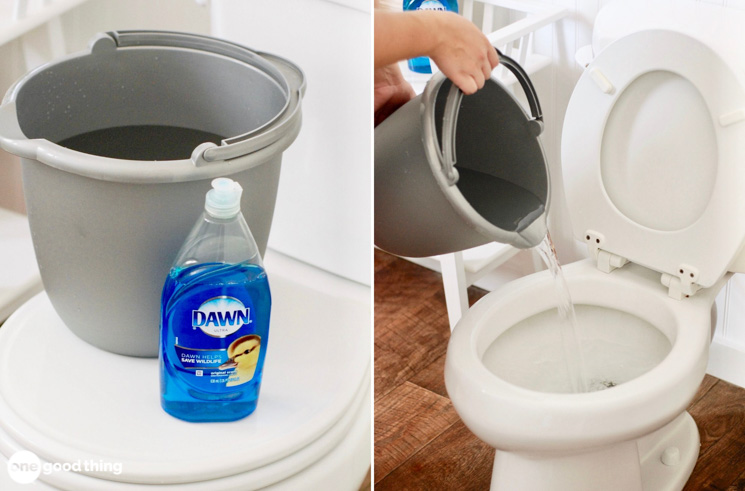
Unblock Drains with Precision: Mastering the Art of Plunger Use
Introduction:
Clogged drains are a common household woe, but fear not – a plunger can be your DIY superhero in this situation. This humble tool, when used effectively, can save you from calling in expensive plumbing services. Follow these steps to become a plunger pro and keep your drains flowing smoothly.
Selecting the Right Plunger:
Before diving into the art of plunging, it’s crucial to choose the right tool for the job. There are two main types of plungers: the cup plunger and the flange plunger. The cup plunger is ideal for sinks and flat surfaces, while the flange plunger, with its extended rubber flap, is designed for toilets. Having the correct plunger sets the stage for effective drain clearing.
Creating a Seal:
To maximize the plunging effect, creating a proper seal is essential. For sink and shower drains, ensure that the plunger completely covers the opening. In the case of a toilet, make sure the flange is inserted into the drain opening. A tight seal is crucial for generating the suction needed to dislodge the clog.
Applying Firm Pressure:
Once the seal is established, it’s time to apply firm and consistent pressure. For sinks and showers, push and pull the plunger vigorously, maintaining the seal. In the case of toilets, use an up-and-down motion with controlled force. The goal is to create a burst of pressure that dislodges the blockage and allows water to flow freely.
Repeat if Necessary:
Sometimes, one round of plunging may not be enough to completely clear the drain. If water is still draining slowly or not at all, repeat the process. It may take several attempts to completely remove the obstruction. Be patient and persistent, and you’ll likely see positive results.
Preventive Measures:
Using a plunger is a reactive approach, but adopting preventive measures can help you avoid clogs altogether. Consider installing drain screens to catch hair and debris before they cause problems. Regularly flush drains with hot water to dissolve grease and soap scum. These simple steps can contribute to the overall health of your plumbing.
Knowing When to Seek Professional Help:
While plunging can handle minor clogs, there are situations where professional assistance is necessary. If your efforts prove futile or if you experience recurring clogs, it may indicate a more significant issue in your plumbing system. In such cases, it’s wise to consult a professional plumber to identify and address the underlying problem.
Conclusion:
Mastering the art of using a plunger effectively is a valuable skill for any DIY enthusiast. With the right technique, you can tackle common drain issues on your own, saving both time and money. Remember to choose the appropriate plunger, create a tight seal, apply firm pressure, and repeat the process if necessary. By incorporating these steps into your home maintenance routine, you can confidently face clogged drains head-on. For more DIY tips and home improvement guides, visit Use a Plunger Effectively DIY.










